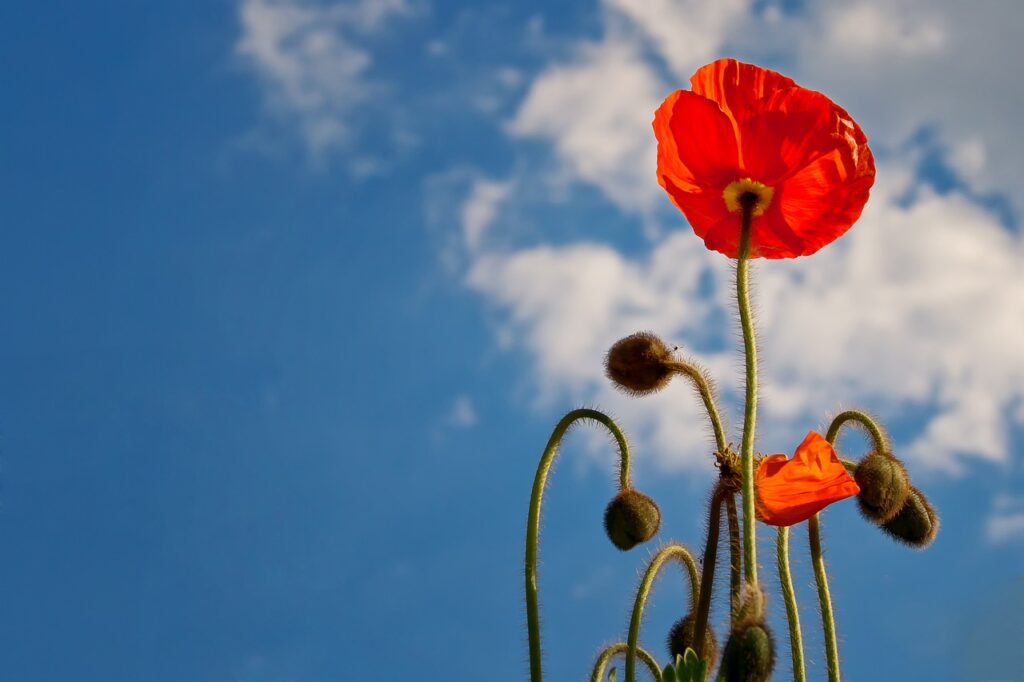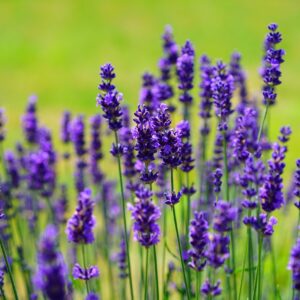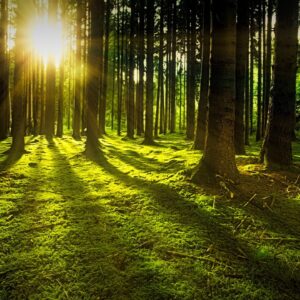Welcome to your guide to water conservation in the garden! In this article, you will discover practical tips and techniques to help you save water while keeping your garden healthy and vibrant. By implementing these strategies, you can make a positive impact on the environment and reduce your water bills.
Firstly, we will explore the importance of choosing water-efficient plants. By selecting drought-tolerant species that require less watering, you can significantly reduce your garden’s water consumption.
We will also delve into the world of smart irrigation systems, which use advanced technology to deliver water precisely where and when it’s needed, minimizing waste.
Additionally, we will discuss the benefits of mulching, a simple yet effective way to retain moisture in the soil and prevent evaporation. You will learn how to collect and reuse rainwater, a sustainable practice that not only conserves water but also reduces runoff and erosion.
Finally, we will emphasize the significance of monitoring and adjusting your watering practices. By being mindful of your garden’s specific needs and adjusting your watering schedule accordingly, you can avoid overwatering and ensure optimal water usage.
So, let’s dive in and discover how you can make a difference by conserving water in your garden. Let’s nurture our plants while preserving our precious water resources.
Choosing Water-Efficient Plants
You can easily create a beautiful and sustainable garden by choosing water-efficient plants that will save you time, money, and resources.
When selecting plants for your garden, opt for native species as they’ve adapted to the local climate and require less water.
Look for plants with thick, waxy leaves or silver foliage, as they’re better at retaining moisture.
Succulents and cacti are excellent choices as they store water in their leaves and stems.
Consider using groundcovers instead of traditional lawns, as they require less water and maintenance.
Planting trees strategically can also provide shade, reducing water evaporation from the soil.
Additionally, group plants with similar water needs together to create efficient watering zones.
By choosing water-efficient plants, you can conserve water and create a stunning garden at the same time.
Implementing Smart Irrigation Systems
By implementing smart irrigation systems, you’ll be amazed at how efficient and effortless your watering routine becomes. These systems use advanced technology to ensure that your plants receive the right amount of water at the right time, without any waste.
One popular option is a drip irrigation system, which delivers water directly to the roots of plants, minimizing evaporation and runoff.
Another option is a weather-based irrigation controller, which adjusts watering schedules based on local weather conditions. These controllers can even be connected to a weather station to gather real-time data.
Additionally, consider using a rainwater harvesting system, which collects and stores rainwater for later use in the garden.
By implementing these smart irrigation systems, you’ll not only save water, but also save time and money in the long run.
Mulching for Water Retention
Implementing mulching techniques ensures that moisture in the soil is retained, allowing plants to thrive and reducing the need for excessive watering. Mulching involves placing a layer of organic material, such as wood chips or straw, on the soil surface around plants.
This layer acts as a barrier, preventing evaporation and protecting the soil from direct sunlight. By reducing evaporation, mulch helps to conserve water in the garden. It also helps to regulate soil temperature, keeping it cooler in hot weather and warmer in cold weather.
In addition to conserving water, mulching offers other benefits like suppressing weed growth, improving soil structure, and adding nutrients to the soil as it breaks down. Overall, mulching is an effective and sustainable way to conserve water and promote healthy plant growth in your garden.
Collecting and Reusing Rainwater
Rainwater collection and reuse is a fantastic way to maximize your garden’s potential while also benefiting the environment. By collecting rainwater, you can reduce your reliance on municipal water supplies, saving both money and resources.
Installing a rain barrel or a larger rainwater harvesting system allows you to capture and store rainwater that would otherwise run off into storm drains. This collected water can then be used to irrigate your garden during dry spells, reducing the need for additional watering. Not only does this conserve water, but it also helps prevent soil erosion and nutrient runoff.
Additionally, rainwater is free of chlorine and other chemicals found in tap water, making it a healthier choice for your plants. So, don’t let the rain go to waste, start collecting and reusing rainwater in your garden today!
Monitoring and Adjusting Watering Practices
To ensure your plants thrive, it’s important to regularly monitor and adjust how you water them. One way to do this is by checking the moisture level of the soil. Stick your finger about an inch into the soil near the base of your plants. If it feels dry, it’s time to water. However, if it feels damp, hold off on watering for a bit longer.
Another tip is to water deeply and infrequently. This encourages deep root growth and reduces water evaporation. Instead of lightly watering every day, water deeply once or twice a week.
Additionally, consider adjusting your watering schedule based on the weather. During periods of rain or cooler temperatures, your plants may not need as much water.

By monitoring and adjusting your watering practices, you’ll not only conserve water but also promote healthier, more resilient plants.
Conclusion
In conclusion, you can take simple steps to conserve water in your garden.
Choose water-efficient plants, install smart irrigation systems, and use mulch to retain moisture.
Collecting and reusing rainwater is another effective way to reduce water consumption.
Lastly, monitor and adjust your watering practices to ensure you’re not overusing water.
By implementing these strategies, you can save water, lower your bills, and contribute to a more sustainable environment.
So go ahead, start conserving water in your garden today!





